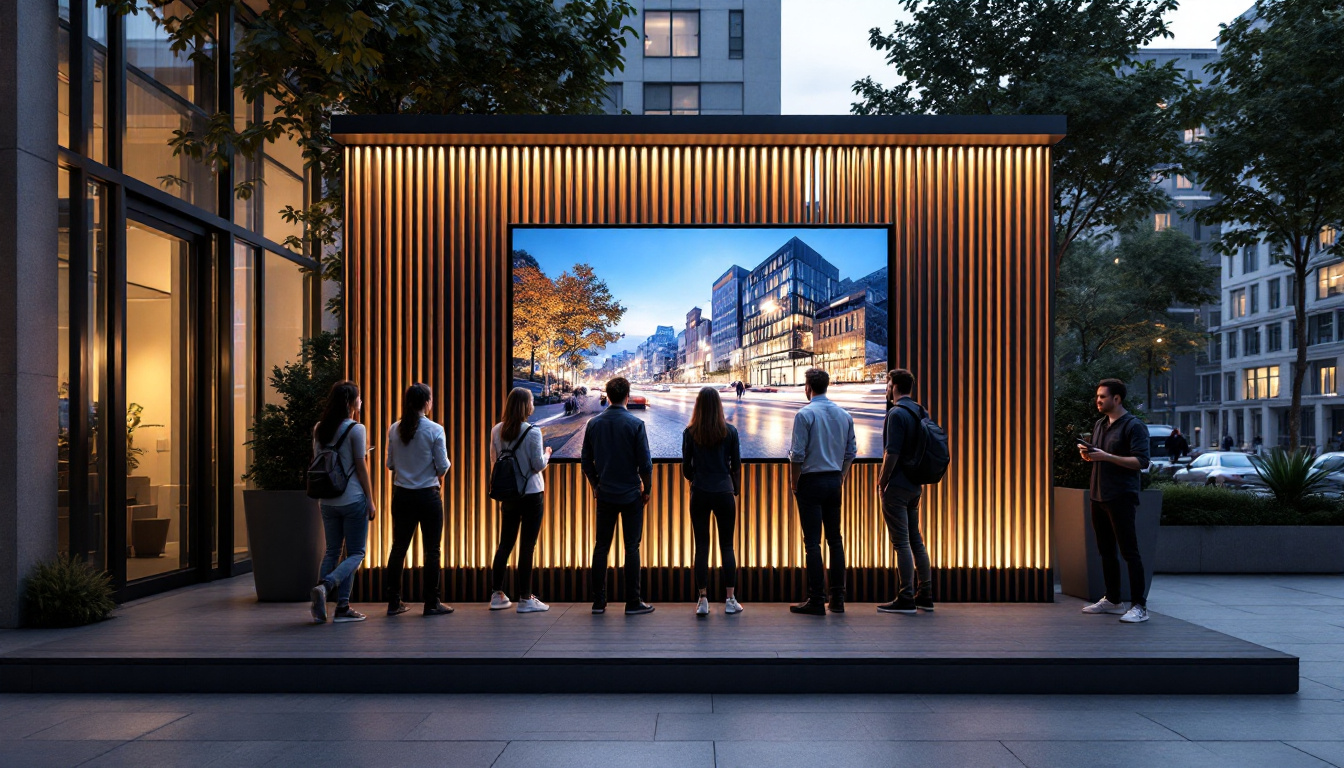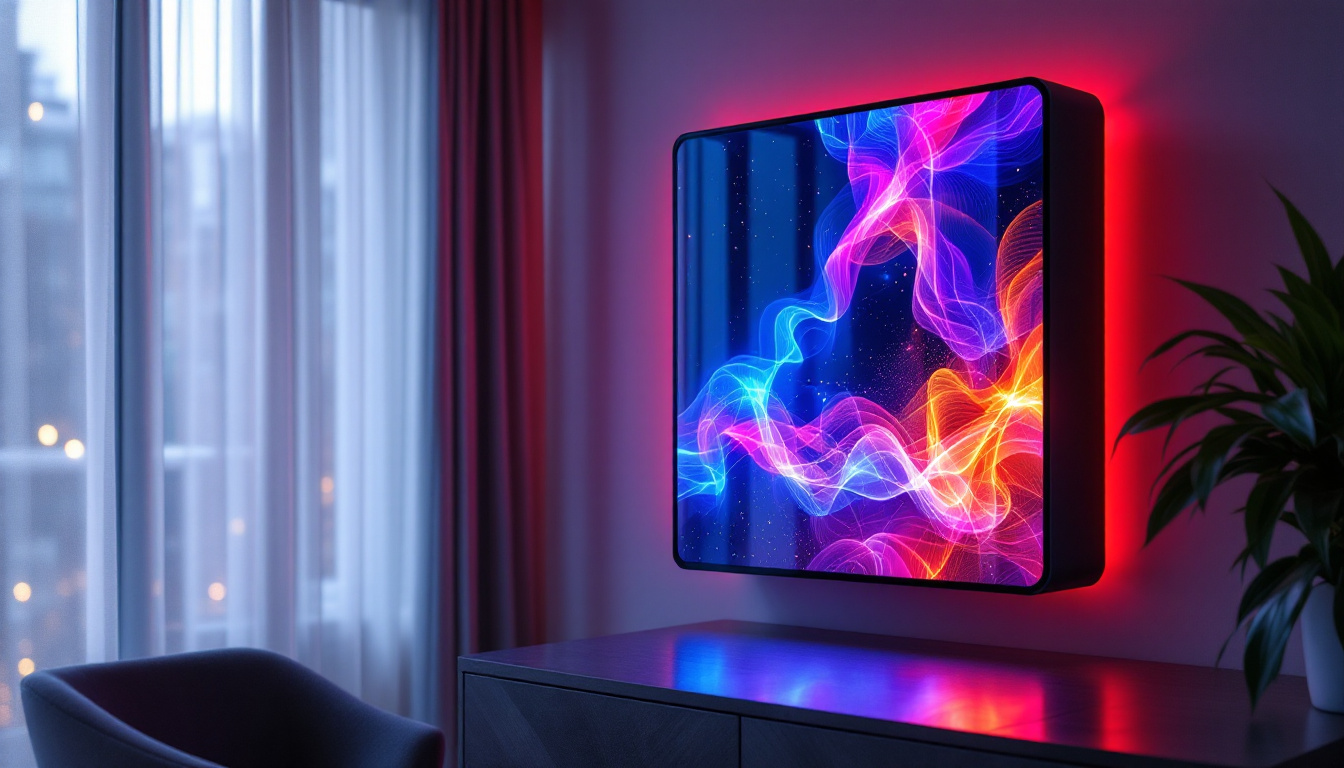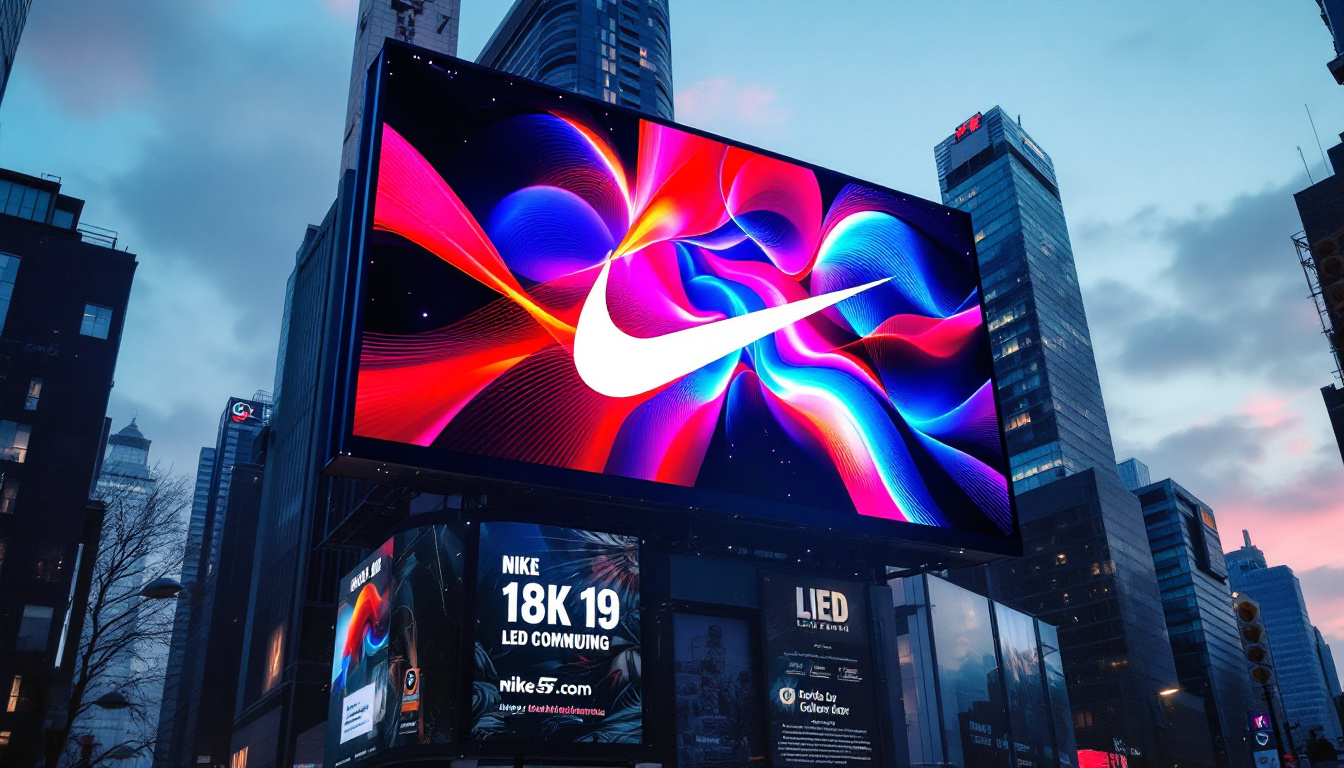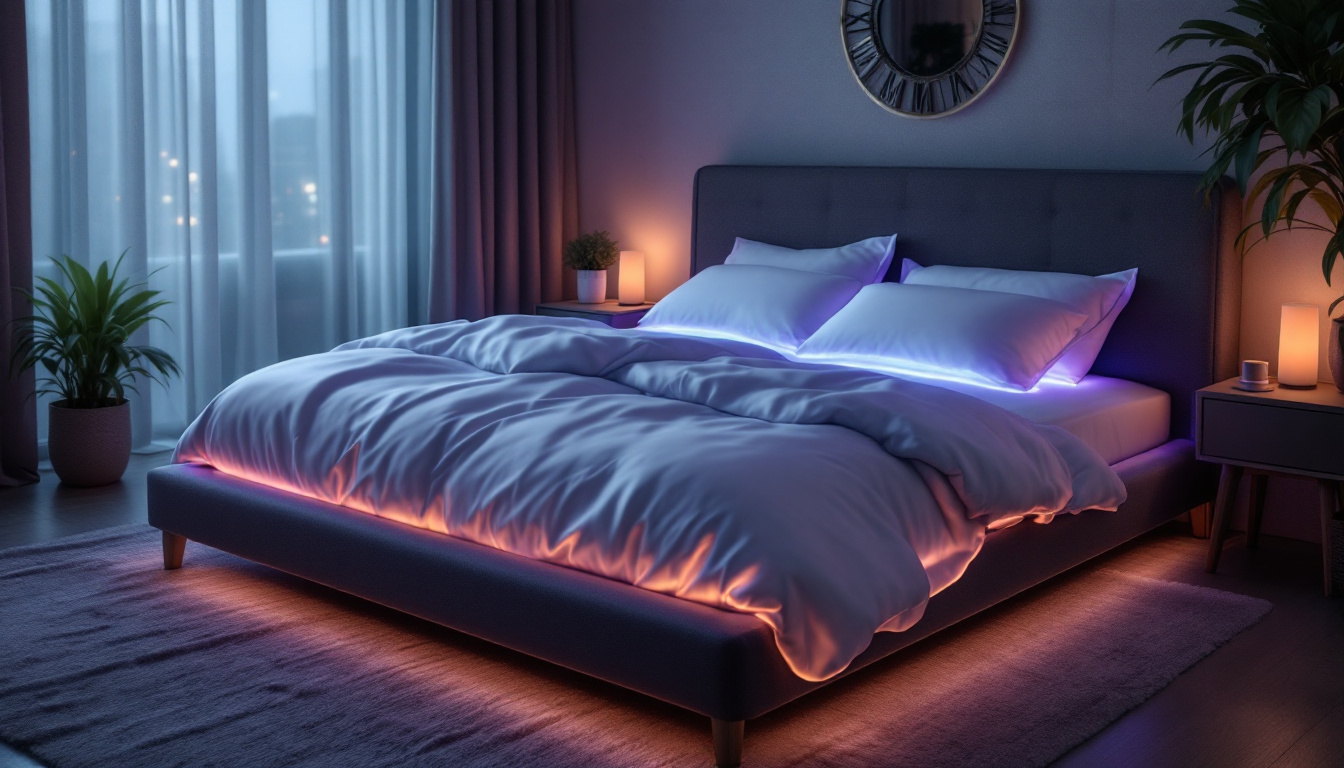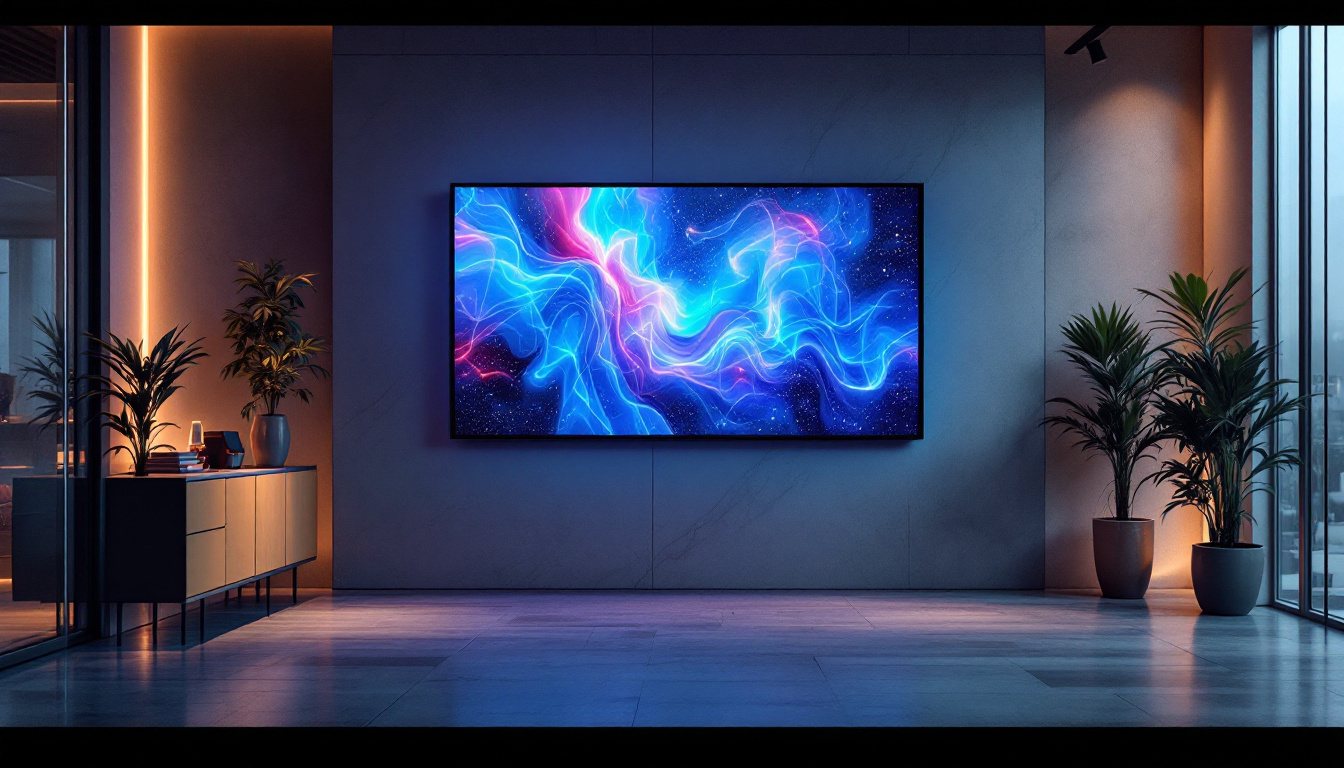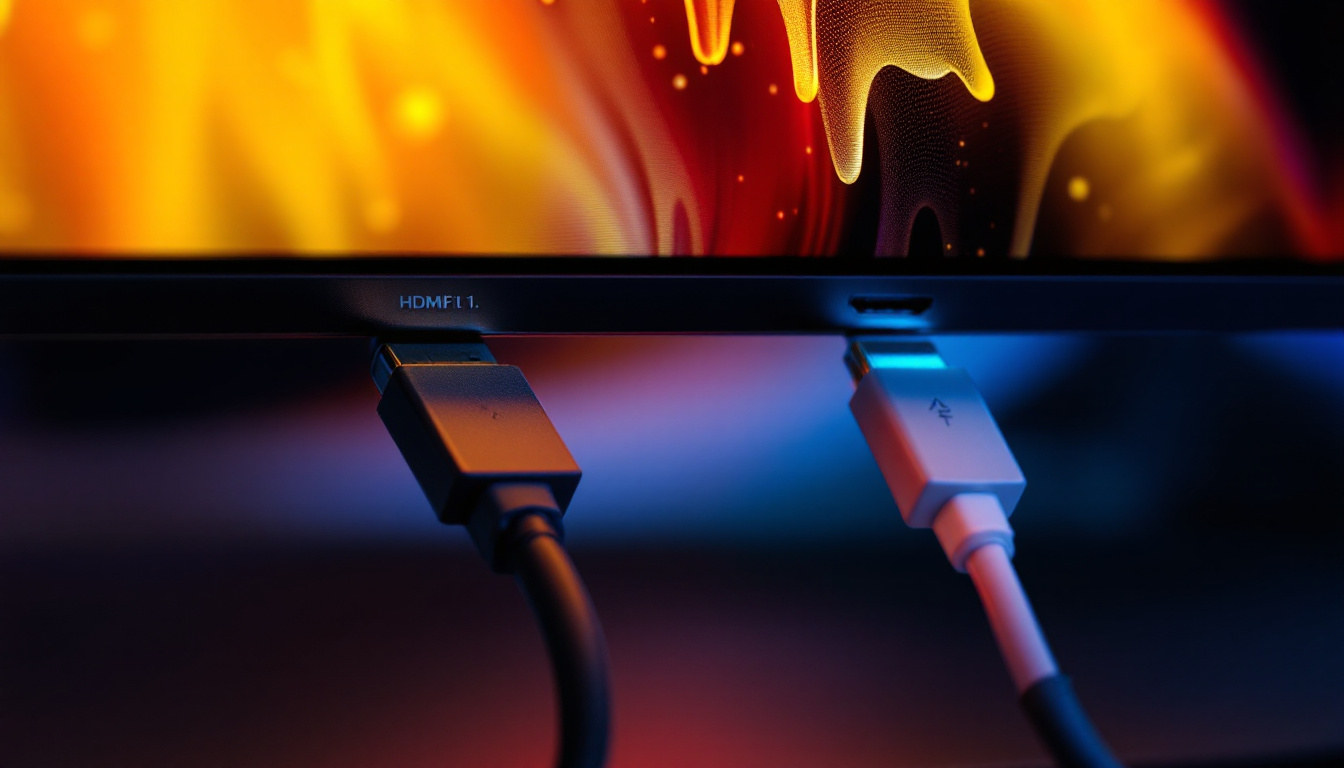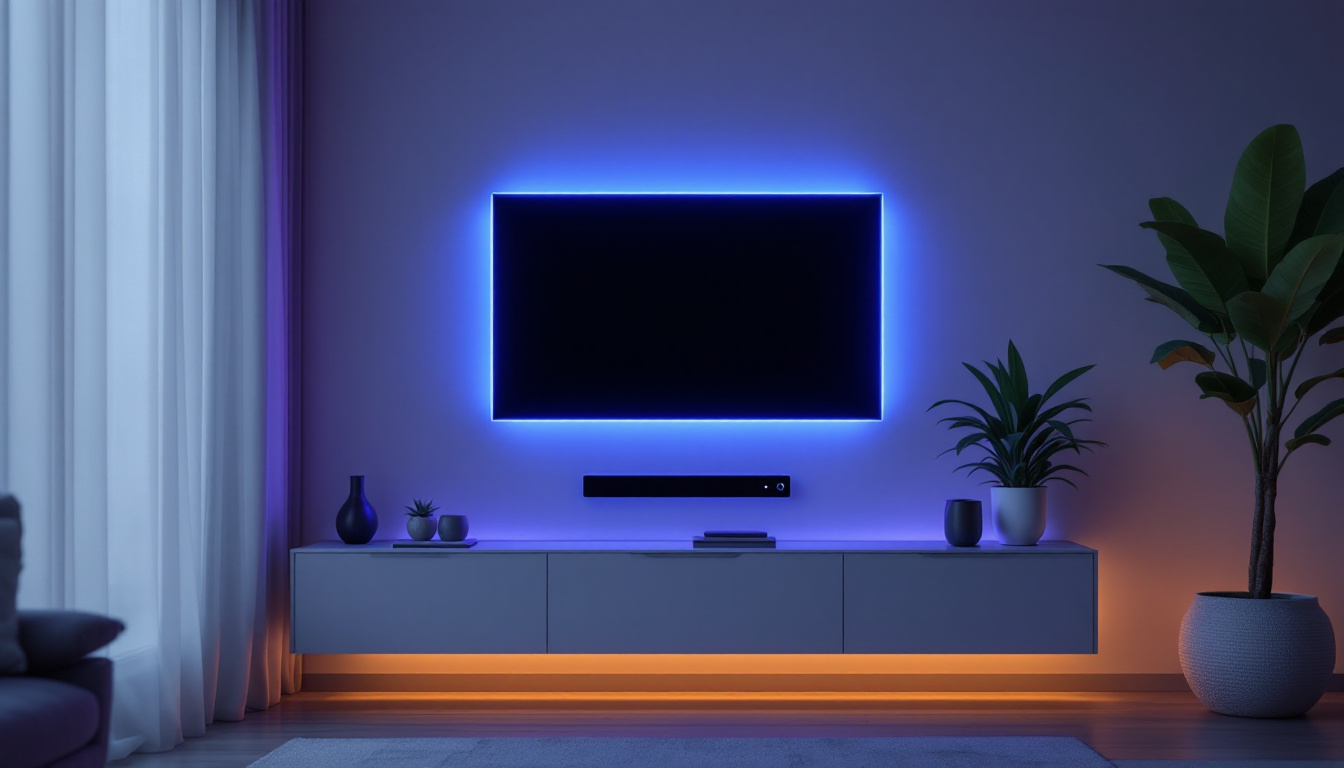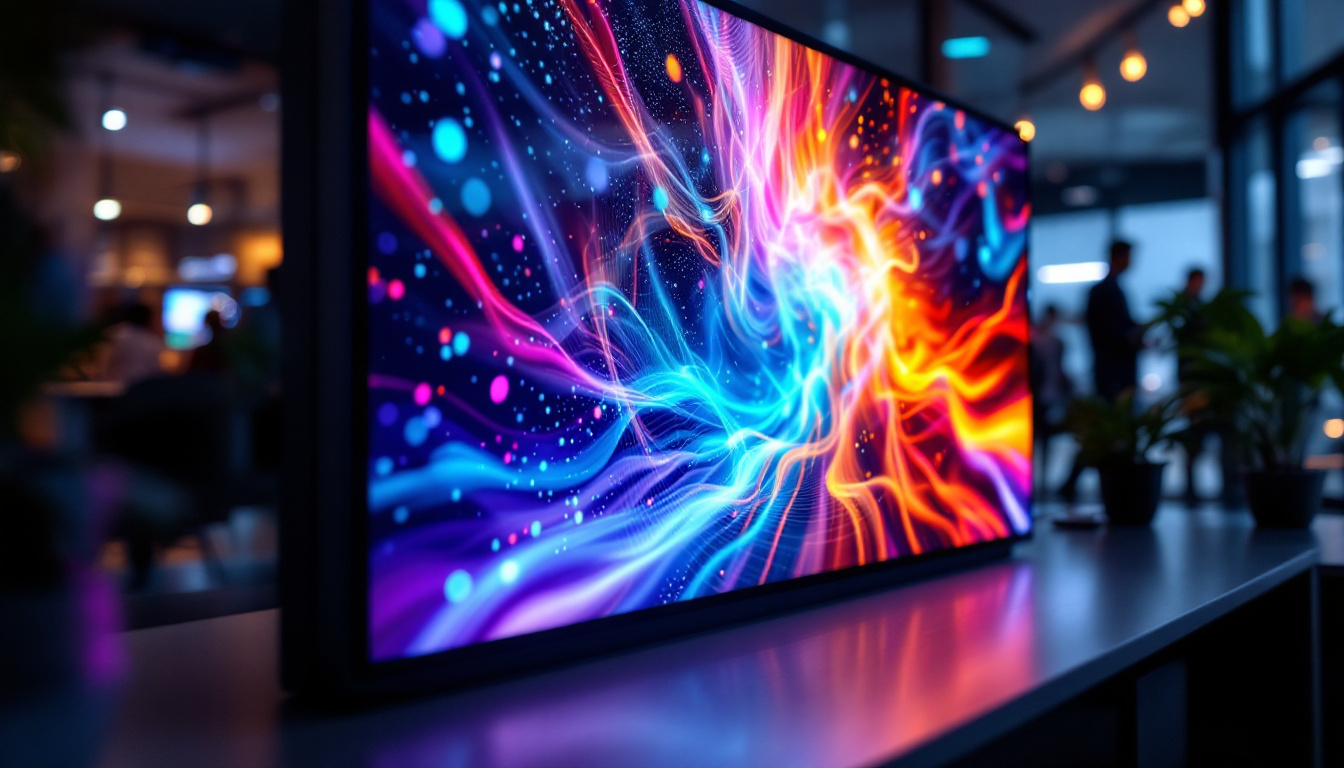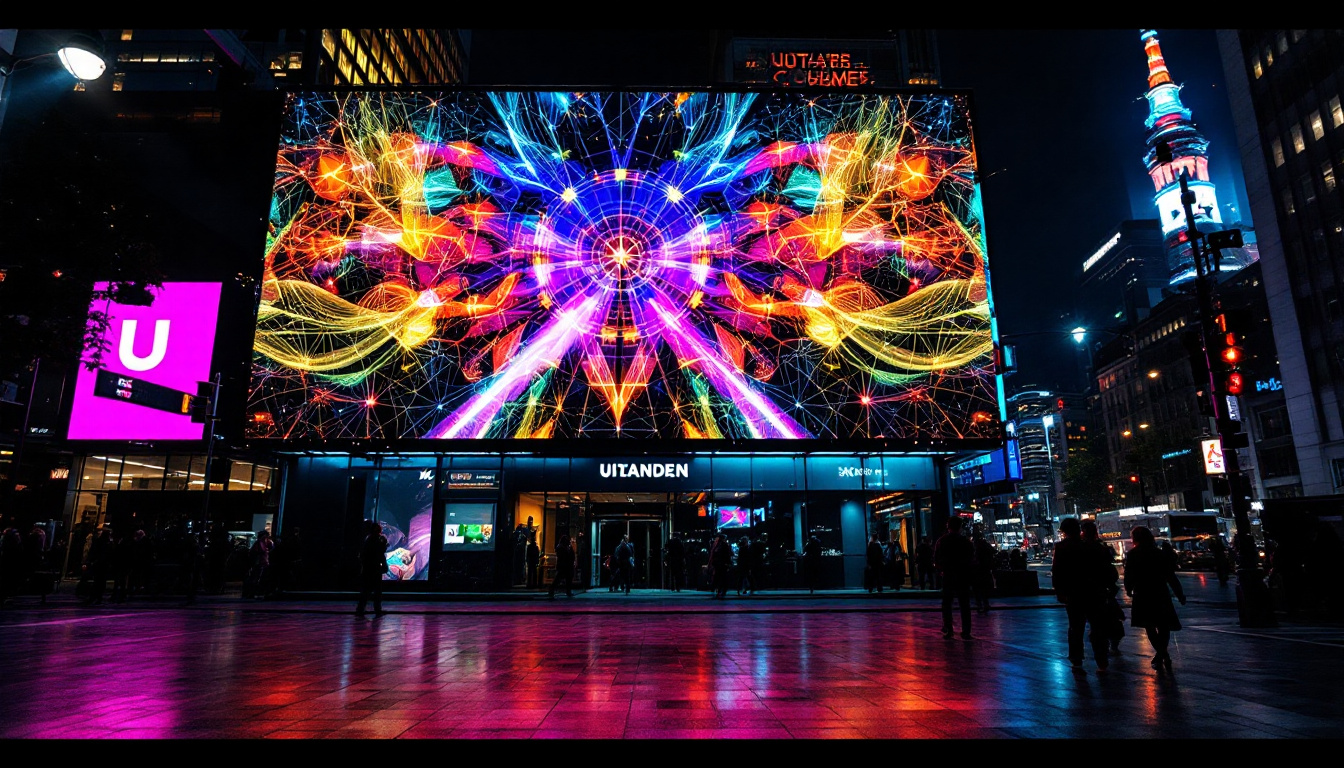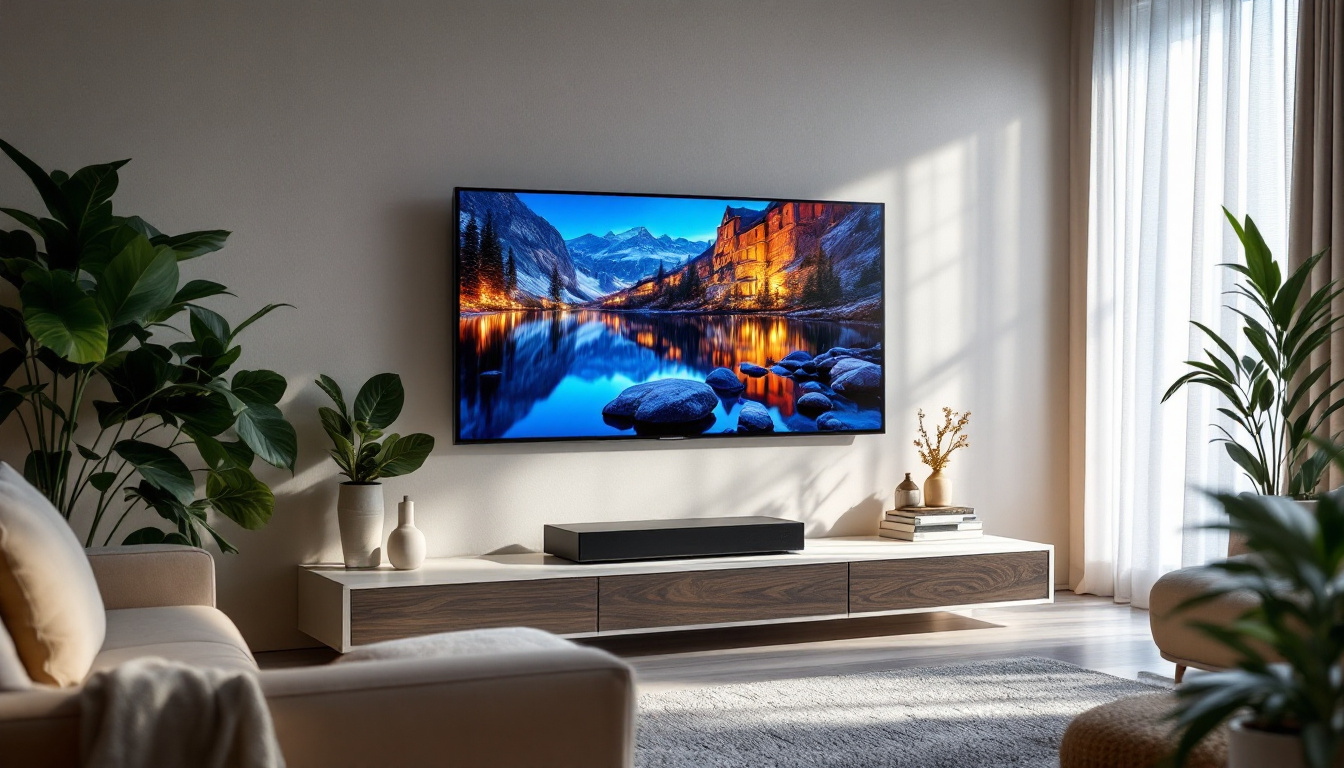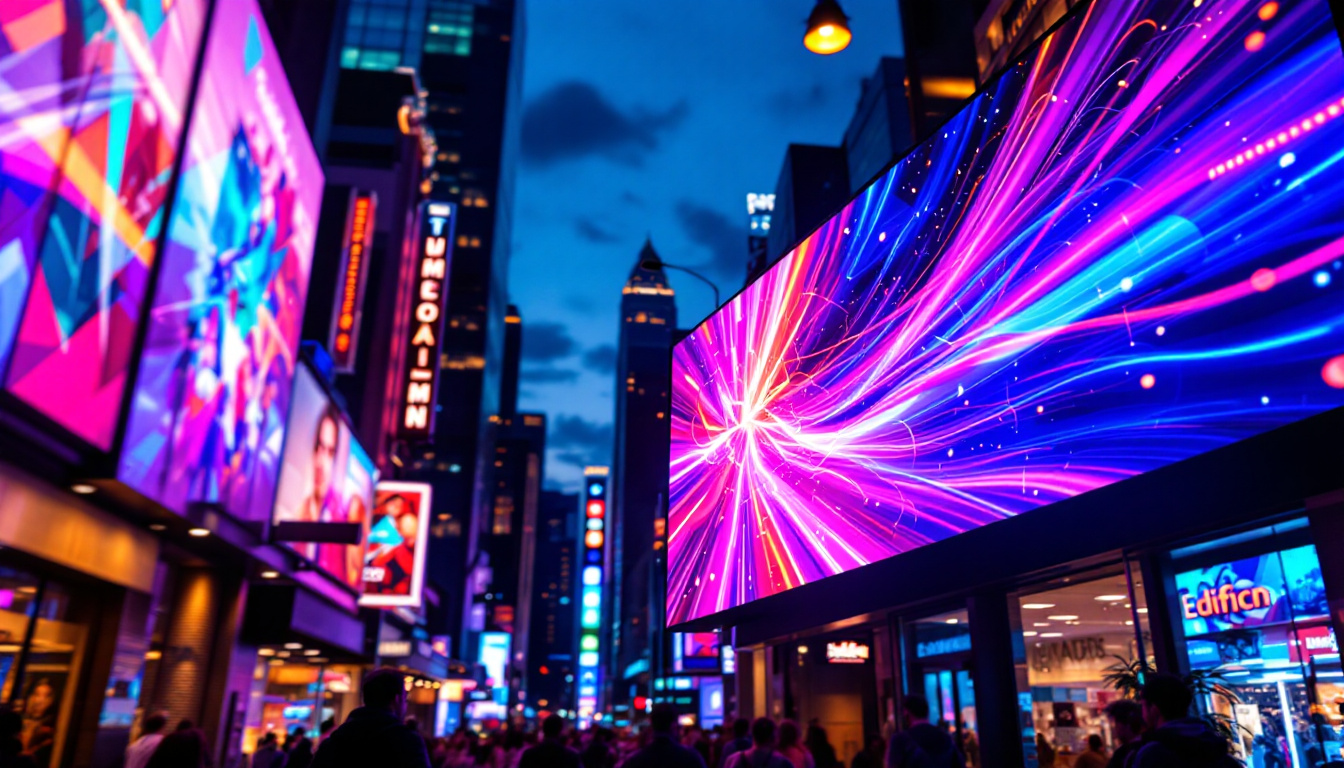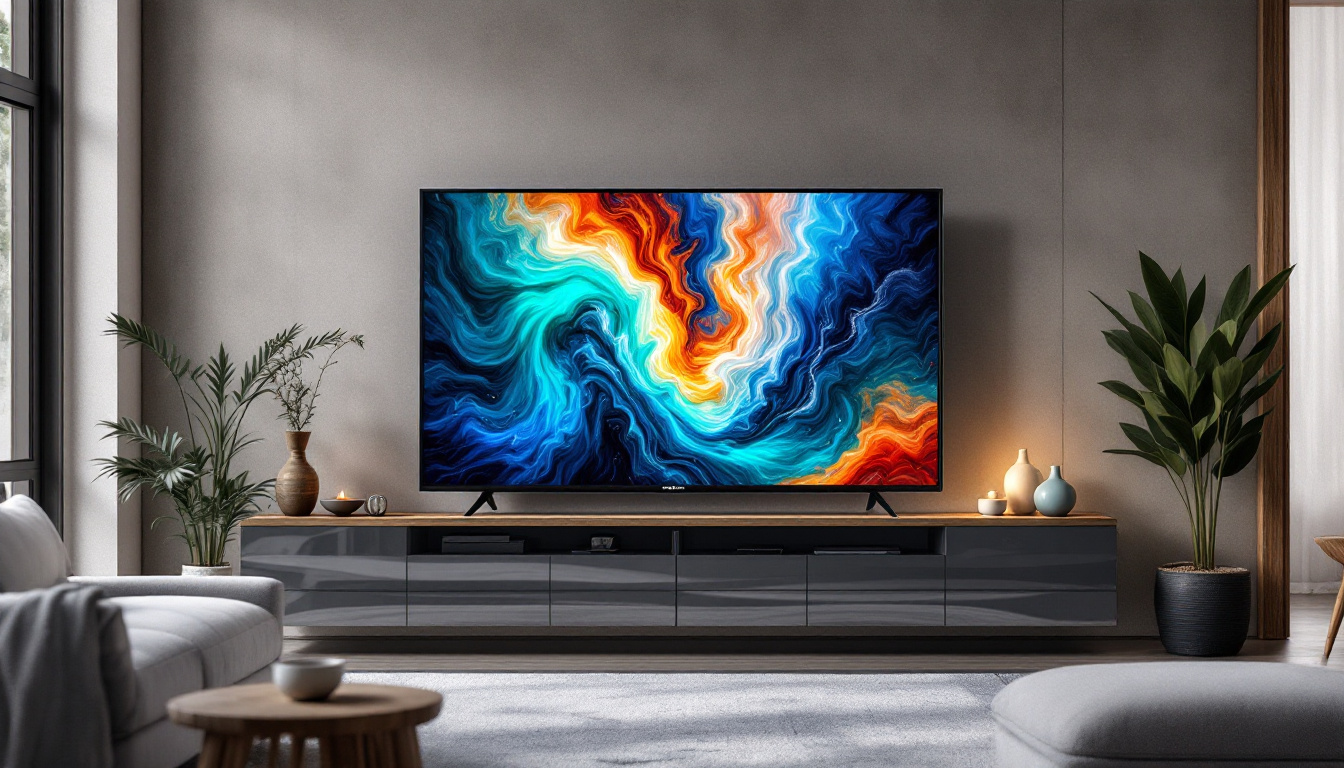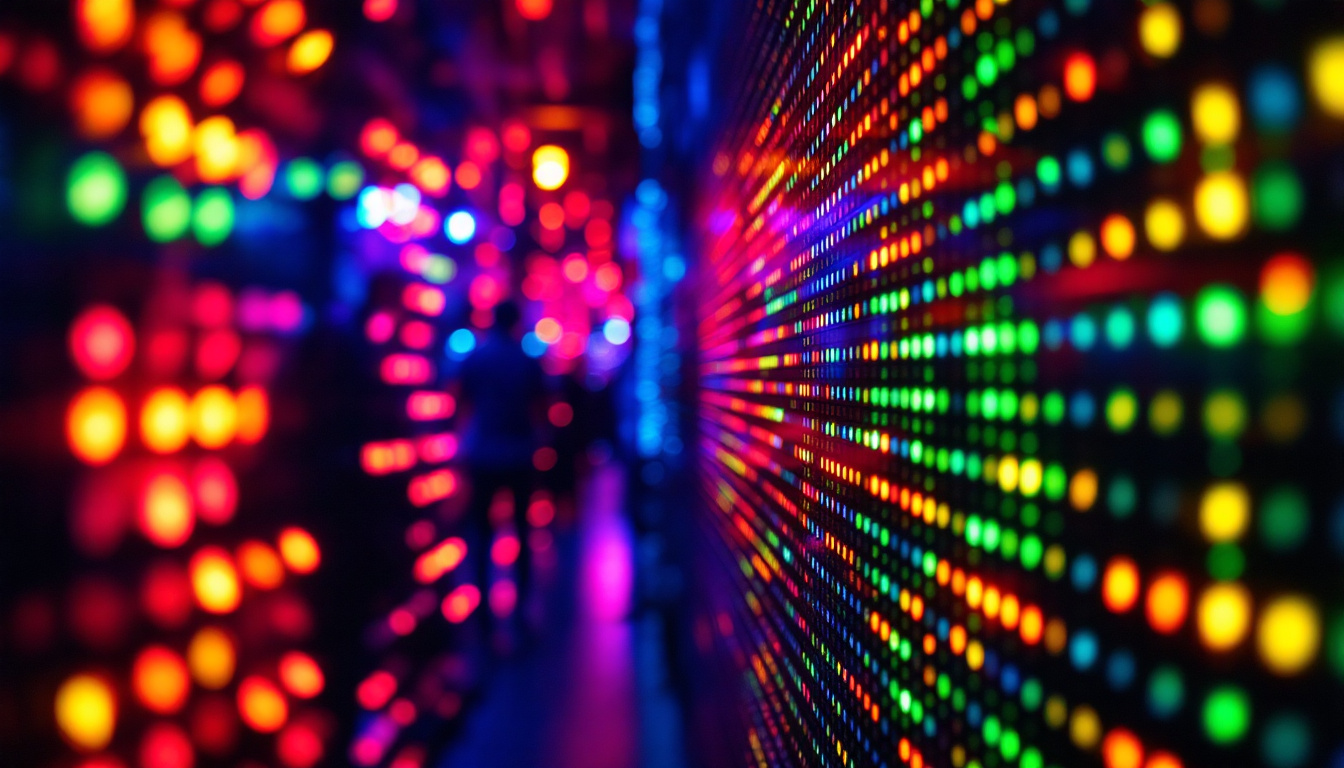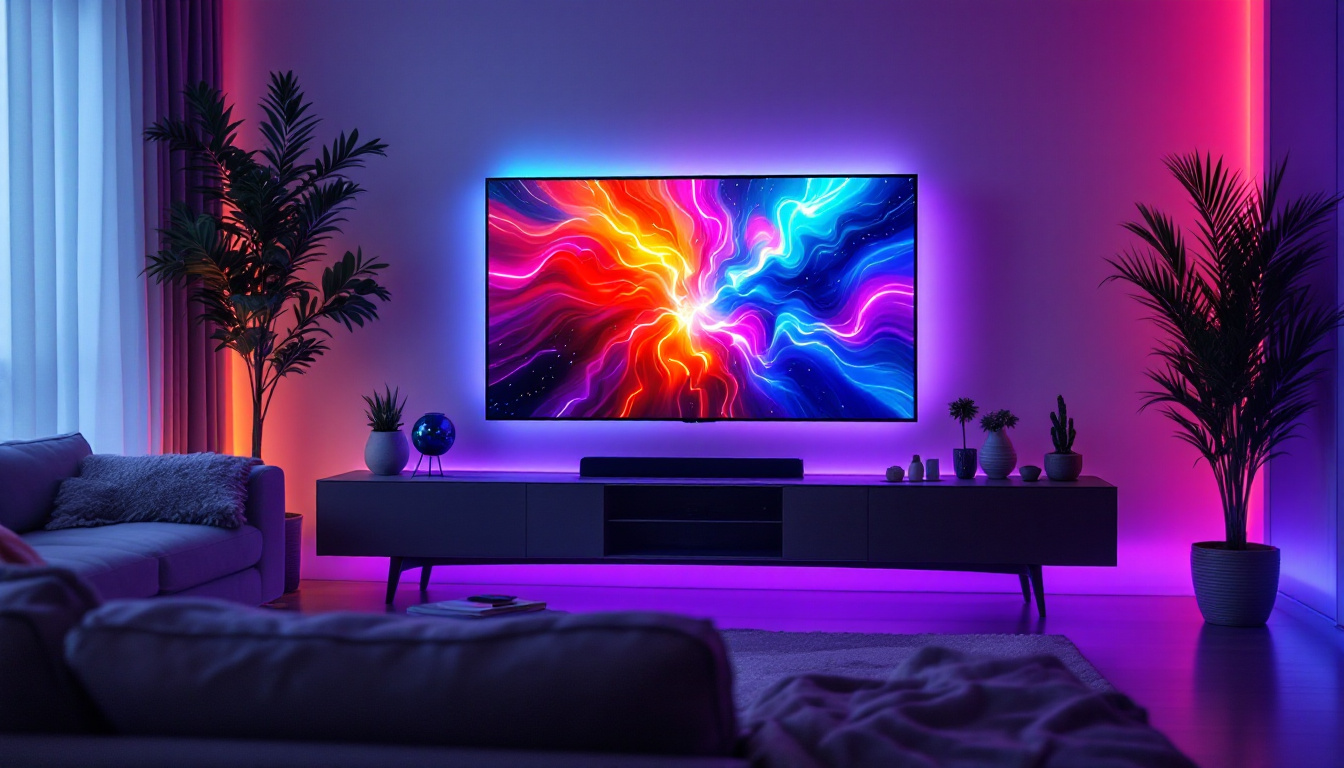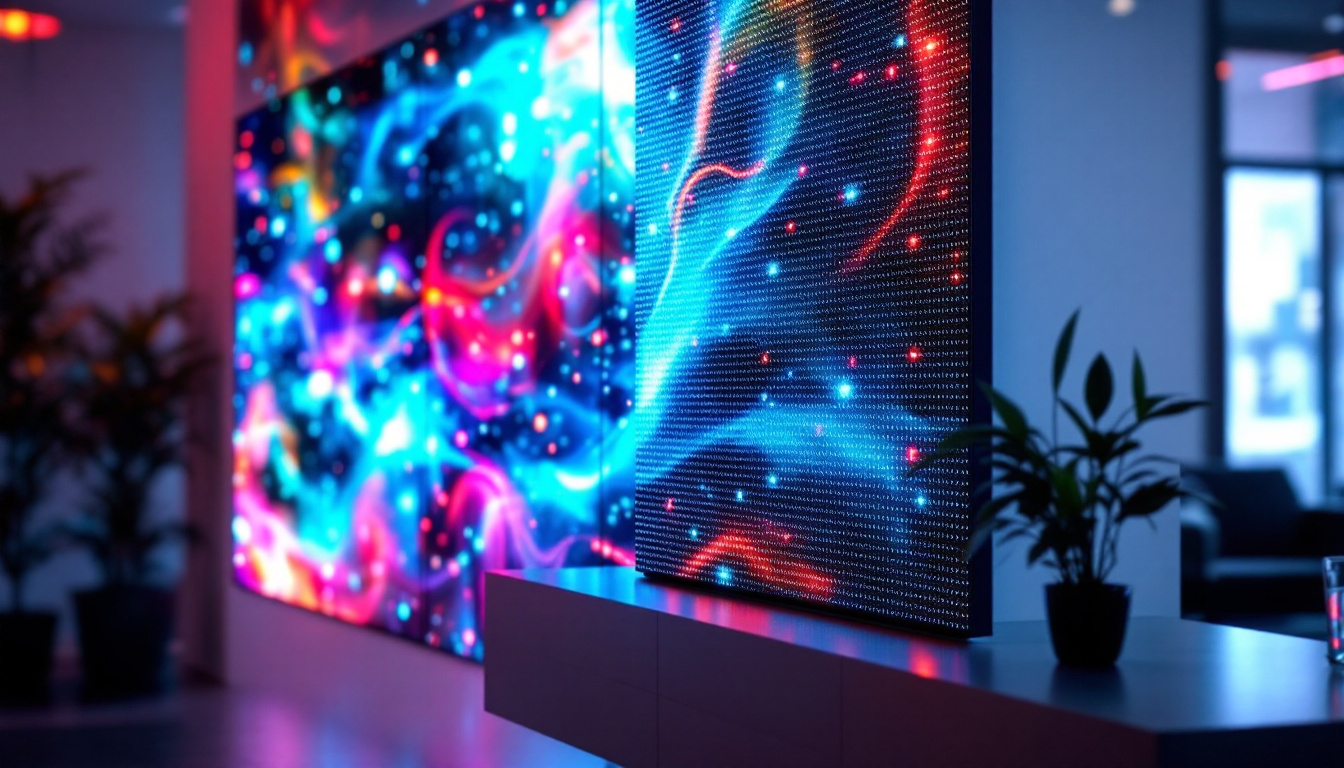In today’s digital age, the way we interact with computers has evolved significantly. Touch screen technology has become an integral part of our daily lives, bridging the gap between traditional computing and intuitive interaction. This article delves into the world of computer monitors with touch screens, focusing on LED display technology, its advantages, and its applications.
Understanding Touch Screen Technology
Touch screen technology allows users to interact directly with what is displayed on the screen, eliminating the need for a mouse or keyboard. This interface has gained popularity in various devices, including smartphones, tablets, and computers. The underlying technology can be categorized into several types, each with its unique features and functionalities.
Types of Touch Screen Technology
There are primarily four types of touch screen technologies: resistive, capacitive, infrared, and optical. Each type offers different advantages and is suited for various applications.
- Resistive Touch Screens: These screens consist of two flexible layers separated by a small gap. When pressed, the layers touch, registering the input. They are cost-effective and work with any pointing device, including fingers, styluses, and gloves.
- Capacitive Touch Screens: Utilizing the electrical properties of the human body, capacitive screens are more sensitive and responsive than resistive ones. They require a conductive input, making them ideal for touch gestures and multi-touch applications.
- Infrared Touch Screens: These screens use infrared light beams to detect touch. They offer high clarity and durability, making them suitable for outdoor use, but can be affected by environmental conditions.
- Optical Touch Screens: Employing cameras to detect touch, optical screens can provide high accuracy and are often used in large displays and kiosks.
How Touch Screens Work
Touch screens operate by detecting the location of a touch event on the display. When a user touches the screen, the technology identifies the coordinates of the touch and translates that into a command. This process occurs almost instantaneously, allowing for smooth and seamless interactions.
For capacitive screens, the touch alters the screen’s electrostatic field, while resistive screens rely on pressure to register input. As technology advances, hybrid systems combining these methods are becoming more common, enhancing responsiveness and accuracy.
Moreover, the evolution of touch screen technology has led to the integration of advanced features such as haptic feedback, which provides tactile sensations in response to touch, enhancing user experience. This feature is particularly prevalent in smartphones, where users receive a subtle vibration when they interact with the screen, mimicking the feel of pressing a physical button. Additionally, touch screens are increasingly being designed to support gestures such as swiping, pinching, and tapping, allowing for more intuitive navigation and interaction.
The impact of touch screen technology extends beyond consumer electronics; it has revolutionized industries such as healthcare, where touch-enabled devices facilitate quick access to patient records and medical imaging. In retail, interactive kiosks equipped with touch screens enhance customer engagement by providing information and facilitating transactions. As touch screen technology continues to evolve, we can expect to see even more innovative applications that will further integrate this interface into our daily lives.
LED Display Technology
Light Emitting Diode (LED) technology has revolutionized the display industry, offering bright, energy-efficient screens with excellent color accuracy. LED displays are widely used in various applications, including televisions, computer monitors, and digital signage. The versatility of LED technology has allowed it to penetrate various markets, from consumer electronics to large-scale advertising, showcasing its adaptability and effectiveness in delivering high-quality visual content.
What is LED Display?
An LED display uses light-emitting diodes to produce images and videos. Unlike traditional LCD screens that use fluorescent backlighting, LED displays can emit light directly, resulting in higher brightness levels and better contrast ratios. This technology can be further categorized into two main types: Edge-lit and Direct-lit displays. Each type offers distinct advantages and is suited for different environments and user needs, making it essential for consumers to understand their options when selecting a display.
- Edge-lit LED Displays: In these displays, LEDs are placed along the edges of the screen. Light is then spread across the display using a light guide panel. This design allows for thinner screens but may result in uneven brightness. Edge-lit displays are often favored in applications where space is a premium, such as in sleek televisions or portable devices.
- Direct-lit LED Displays: Here, LEDs are placed directly behind the screen, providing uniform brightness and better color accuracy. These displays are typically thicker but offer superior performance, especially in darker environments. Direct-lit displays are commonly used in professional settings, such as graphic design studios and film editing rooms, where color fidelity is crucial.
Advantages of LED Displays
LED displays come with numerous advantages, making them a popular choice for modern computer monitors. One of the most significant benefits is their energy efficiency. Compared to traditional displays, LED screens consume less power, contributing to lower electricity bills and a reduced carbon footprint. This energy-saving characteristic makes LED technology an appealing option for environmentally conscious consumers and businesses looking to minimize operational costs.
Additionally, LED displays provide vibrant colors and sharp images, enhancing the overall viewing experience. They also have a longer lifespan and are less prone to burn-in issues compared to older technologies, making them a reliable choice for both personal and professional use. The durability of LED displays extends beyond their lifespan; they are also more resistant to shock and temperature fluctuations, which is particularly beneficial in outdoor settings or industrial applications. Furthermore, advancements in LED technology, such as the development of OLED (Organic Light Emitting Diode) displays, are pushing the boundaries of color accuracy and contrast, promising even more immersive visual experiences in the near future.
Combining Touch Screen and LED Technologies
The combination of touch screen and LED technologies has led to the development of interactive displays that are both visually stunning and highly functional. These monitors are widely used in various sectors, including education, business, and healthcare.
Applications in Various Sectors
Touch screen LED monitors are increasingly becoming the norm in many environments. In educational settings, they facilitate interactive learning experiences, allowing students to engage with content dynamically. Teachers can use these displays to present information, conduct quizzes, and encourage group activities. The ability to touch and manipulate content directly on the screen fosters a sense of ownership and involvement among students, which can significantly enhance retention and understanding of complex subjects.
In the business realm, touch screen LED monitors enhance presentations and collaboration. They allow teams to brainstorm ideas visually, manipulate data in real time, and share information seamlessly during meetings. This technology fosters a more engaging and productive work environment. Moreover, the integration of software applications tailored for touch interactions can streamline workflows, enabling employees to access documents and resources with just a tap. As remote work becomes more prevalent, these monitors also support virtual collaboration tools, bridging the gap between in-office and remote teams.
Healthcare Innovations
The healthcare industry has also embraced touch screen LED technology. Hospitals and clinics use these monitors for patient check-ins, displaying medical records, and facilitating telemedicine consultations. The intuitive interface helps healthcare professionals access critical information quickly while ensuring a smooth experience for patients. Additionally, these displays can be utilized for educational purposes within healthcare settings, such as interactive kiosks that provide patients with information about their conditions or treatment options, thereby empowering them to make informed decisions about their health.
Furthermore, touch screen LED technology is revolutionizing patient monitoring systems. With the ability to display real-time data from various medical devices, healthcare providers can track vital signs and other important metrics at a glance. This immediacy can be crucial in emergency situations where every second counts. The interactive nature of these monitors also allows for customizable dashboards, enabling practitioners to tailor the information displayed according to their specific needs, ultimately enhancing patient care and operational efficiency.
Choosing the Right Touch Screen LED Monitor
When selecting a touch screen LED monitor, several factors should be considered to ensure it meets specific needs and preferences. Understanding these aspects can help in making an informed decision.
Screen Size and Resolution
The size of the monitor plays a crucial role in its usability. Larger screens provide more space for multitasking and are ideal for presentations, while smaller screens may suffice for personal use. Additionally, the resolution is vital for clarity; higher resolutions like 4K offer sharper images and better detail, which is essential for graphic design and video editing.
Touch Technology Type
Choosing the right touch technology is equally important. For environments where precision is key, such as design studios, capacitive touch screens may be preferred due to their sensitivity. In contrast, resistive screens might be better suited for industrial settings where durability and compatibility with gloves are necessary.
Future Trends in Touch Screen LED Technology
The future of touch screen LED technology looks promising, with ongoing advancements poised to enhance user experience further. Innovations such as flexible displays, improved multi-touch capabilities, and enhanced integration with artificial intelligence are on the horizon.
Flexible Displays
Flexible touch screen LED displays are set to revolutionize the way devices are designed and used. These screens can bend and curve, allowing for innovative applications in smartphones, wearables, and even furniture. This adaptability opens up new possibilities for user interaction and design aesthetics.
Integration with AI
As artificial intelligence continues to evolve, its integration with touch screen LED technology will likely enhance functionality. AI can enable predictive touch responses, personalized user interfaces, and improved accessibility features, making technology more intuitive and user-friendly.
Conclusion
Touch screen LED monitors represent a significant advancement in how users interact with technology. Their combination of intuitive touch capabilities and vibrant display quality makes them an excellent choice for various applications, from education to healthcare. As technology continues to evolve, the future of touch screen LED displays promises to be even more exciting, paving the way for innovative solutions that enhance productivity and user engagement.
In summary, understanding the intricacies of touch screen technology and LED displays can empower users to make informed decisions about their tech investments. Whether for personal or professional use, these monitors offer a blend of functionality and aesthetics that is hard to beat.
Discover LumenMatrix’s Innovative LED Displays
Ready to elevate your interactive experiences with the latest in touch screen LED technology? LumenMatrix is at the forefront of creating immersive visual solutions that bring your content to life. From dynamic Indoor and Outdoor LED Wall Displays to specialized options like Vehicle, Sports, and Floor LED Displays, our extensive range caters to every need. Embrace the future of digital signage with our Custom, All-in-One, and Transparent LED Displays, designed to captivate and engage. Don’t miss the opportunity to transform your space. Check out LumenMatrix LED Display Solutions today and see your vision become a vibrant reality.


